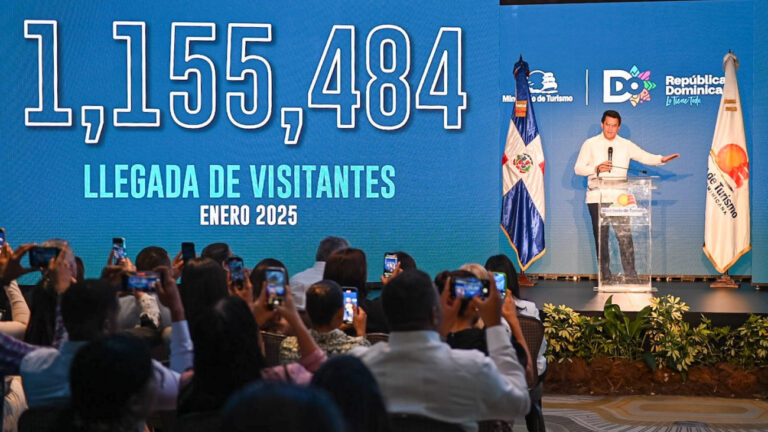La actividad económica se ha recuperado significativamente en el país desde el mínimo alcanzado en el mes de abril, según el informe “Situación Macroeconómica” publicado por el Ministerio de Economía, Planificación y Desarrollo en su página web.
El informe de seguimiento de coyuntura de diciembre de 2020 señala que a noviembre el Índice Mensual de Actividad Económica (IMAE) se había recuperado en 26.3 puntos porcentuales, lo que evidencia la capacidad inmediata del país para responder a diversos estímulos provenientes del Gobierno y sus instituciones para hacer frente a los efectos adversos a la pandemia.
El documento, elaborado por la Unidad Asesora de Análisis Económico y Social, establece que los niveles de inflación pre pandemia permitieron a la autoridad monetaria implementar y mantener medidas de flexibilización monetaria que implicaron más del 4% del PIB. Estas medidas de apoyo de liquidez para empresas y hogares derivaron en mejores indicadores de crédito hacia sectores productivos.
Sostiene que en términos de empleo formal, desde julio de 2020, se han recuperado más de la mitad de los cotizantes que cesaron en abril y junio.
Puntualiza que indicadores clave del sector externo han sido insignias de la recuperación económica en el país. Las exportaciones y las remesas se han recuperado significativamente luego de la reactivación parcial de la actividad económica, contrarrestando de esta manera la caída en el flujo de divisas proveniente de la actividad turística.
Indica que el peso dominicano no escapó de la realidad vivida por el resto de las monedas de otras economías, si bien este se depreció en forma acelerada desde abril, ya a partir de junio se evidencia estabilización de la moneda (leve depreciación de 0.7% hasta diciembre).
Además sostiene que las ayudas sociales a la población más vulnerable han sido clave para sostener a millones de familias, mediante los programas FASE, Quédate en Casa y PA Ti.
Puntualiza que en 2020, un poco más del 50% del gasto se destinó a servicios sociales, y dentro de este casi el 40% correspondió a protección social. “Lo anterior deriva de una economía mucho más fortalecida para el comienzo del 2021 y preparada para seguir la senda de crecimiento pre-pandemia”, concluye.
Fuente: Periódico Hoy[:en]Economic activity has recovered significantly in the country from the minimum reached in April, according to the report «Macroeconomic Situation» published by the Ministry of Economy, Planning, and Development on its website.
The situation monitoring report for December 2020 indicates that as of November the Monthly Index of Economic Activity (IMAE) had recovered by 26.3 percentage points, which shows the immediate capacity of the country to respond to various stimuli from the Government and its institutions to cope with the adverse effects of the pandemic.
The document, prepared by the Economic and Social Analysis Advisory Unit, establishes that the pre-pandemic inflation levels allowed the monetary authority to implement and maintain monetary easing measures that involved more than 4% of GDP. These liquidity support measures for companies and households led to better credit indicators for productive sectors.
It maintains that in terms of formal employment, since July 2020, more than half of the contributors who left in April and June have recovered.
It points out that key indicators of the external sector have been insignificant of the economic recovery in the country. Exports and remittances have recovered significantly after the partial reactivation of economic activity, thus counteracting the fall in the flow of foreign exchange from tourist activity.
It indicates that the Dominican peso did not escape the reality experienced by the rest of the currencies of other economies, although it has depreciated rapidly since April, and from June there is evidence of stabilization of the currency (slight depreciation of 0.7% to December).
It also maintains that social assistance to the most vulnerable population has been key to sustaining millions of families, through the programs «FASE», «Quedate en Casa», and «PA Ti».
It points out that in 2020, a little more than 50% of the expenditure was allocated to social services, and within this, almost 40% corresponded to social protection. «The above derives from a much stronger economy by the beginning of 2021 and prepared to continue the path of pre-pandemic growth,» he concludes.
Source: Hoy newspaper[:]



